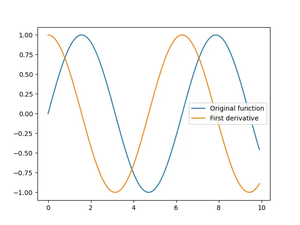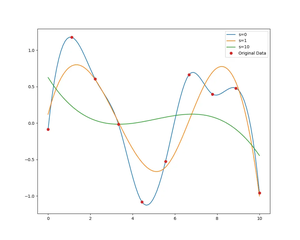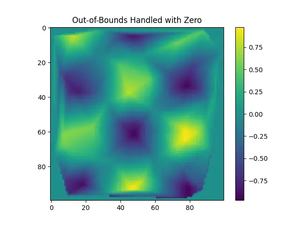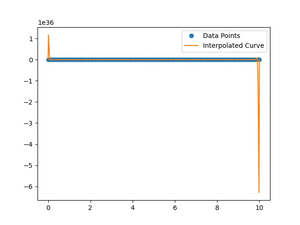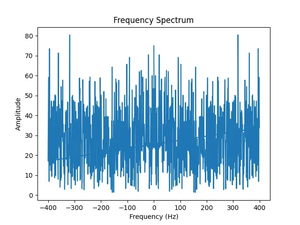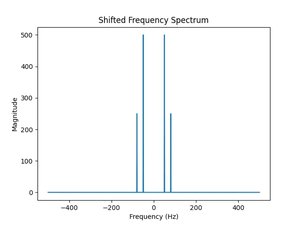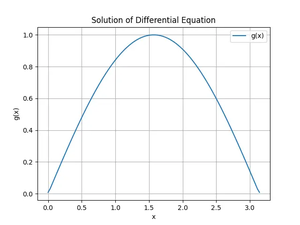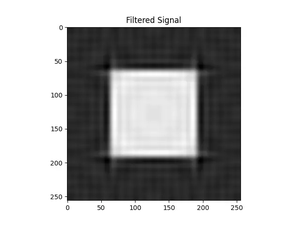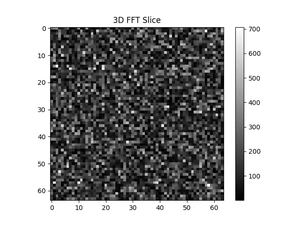Introduction
When it comes to scientific computing in Python, two of the mainstays in the field are NumPy and SciPy. NumPy is the fundamental package for scientific computing with Python, offering powerful N-dimensional arrays and various derived objects such as masked arrays and matrices. SciPy builds on NumPy by offering a collection of mathematical algorithms and convenience functions. Together, they form a powerful toolkit for numerical computations.
This tutorial will guide you through integrating NumPy with SciPy for scientific computing, taking you from the basics to more advanced applications.
Setting Up Your Environment
Before diving in, let’s make sure you have both NumPy and SciPy installed in your Python environment. You can install them using pip:
pip install numpy scipyAfter installation, you can import them as follows:
import numpy as np
import scipyBasic Operations with NumPy
Let’s start by creating some basic NumPy arrays and performing elementary operations:
arr = np.array([1, 2, 3, 4, 5])
print(arr)
# Output: [1 2 3 4 5]NumPy arrays are versatile and can be manipulated easily. Below is an example of element-wise addition:
arr1 = np.array([1, 2, 3])
arr2 = np.array([4, 5, 6])
result = arr1 + arr2
print(result)
# Output: [5 7 9]Advanced Array Operations
Moving to more advanced array operations, we can do matrix multiplication using NumPy:
a = np.array([[1, 2], [3, 4]])
b = np.array([[5, 6], [7, 8]])
product = np.dot(a, b)
print(product)
# Output: [[19 22]
# [43 50]]NumPy also offers functions for more complex operations like eigenvalue decomposition:
values, vectors = np.linalg.eig(a)
print(values)
print(vectors)
# Output for values: [-0.37228132 5.37228132]
# Output for vectors:
# [[-0.82456484 -0.41597356]
# [ 0.56576746 -0.90937671]]Integrating NumPy with SciPy
Now, let’s bring SciPy into play. Suppose we wish to integrate a mathematical function; SciPy’s integrate sub-module offers several integration techniques:
from scipy import integrate
result, error = integrate.quad(lambda x: x ** 2, 0, 1)
print(result)
# Output: 0.33333333333333337SciPy can also handle differential equations. Here is an example of solving an ordinary differential equation (ODE) using SciPy’s odeint function:
from scipy.integrate import odeint
def model(y, t):
k = 0.3
dydt = -k * y
return dydt
y0 = 5
t = np.linspace(0, 20, 100)
result = odeint(model, y0, t)
print(result[:5])
# Output: [[5. ]
# [4.49058581]
# [4.02351012]
# [3.59480666]
# [3.20105785]]Now, combining NumPy with SciPy, we can unpack results and perform further array operations. For instance, we could integrate a signal acquired as NumPy array:
signal = np.cos(np.arange(100))
cumulative = integrate.cumtrapz(signal, initial=0)
print(cumulative[:5])
# Output: [ 0. 1. 1.54030231 1.25758427 0.34922325]Conclusion
In this tutorial, we explored the synergy between NumPy and SciPy. Starting with NumPy’s fundamental array operations, advancing to sophisticated matrix computations, we saw how SciPy supplements these with higher-level mathematical functions. These tools, together, create a powerful combination for scientific computing in Python.
